Wrap Up®
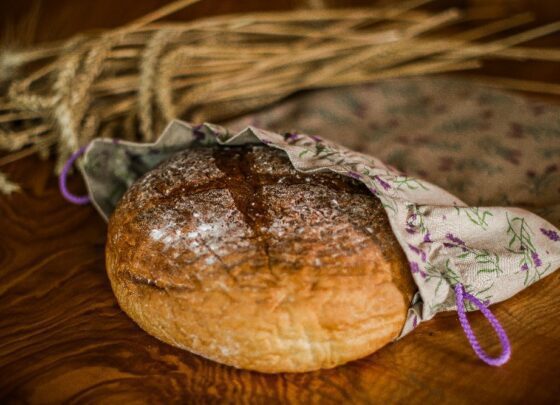

Why our bags
Ever wonder how many of the hills you see around you are landfills? How many of the islands in the world’s oceans are actually floating piles of plastic waste? Tons of food end up in the trash every year and as much as 48% of it is bread! One way to change this sad situation is to stop using plastic bags for bread and to learn to keep it in reusable bags made of fabric. But bread hardens quickly in ordinary bags, which is why our bags have an inner membrane lining that keeps bread fresh longer. An added benefit is they look like fashionable kitchen accessories and they can also be used to do your shopping in….
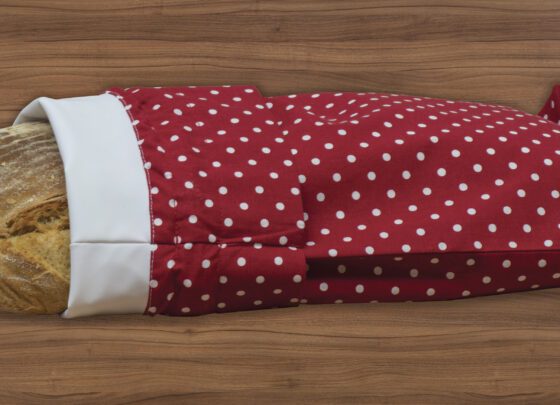

How it works
Textile bags, even environmentally friendly ones made of linen or hemp, keep bread from molding, but not from becoming stale and drying out. We throw away hard bread just the same as bread that becomes moldy in plastic bags. That is why we have developed the two-layer Wrapáček® bag with an inner textile membrane that breathes and at the same time retains moisture in the bread, and that keeps it fresh longer. The bags are therefore something between linen cloth and a plastic bag. The inner lining is a fabric with a safe polyurethane coating, certified by the State Health Authority. The cotton fabric is produced in accordance with the Ökotex Standard 100 certificate, for class I, for children up to 3 years old. The method of sewing our bags is registered as a utility model under number 33007 at the Industrial Property Office of the Czech Republic.
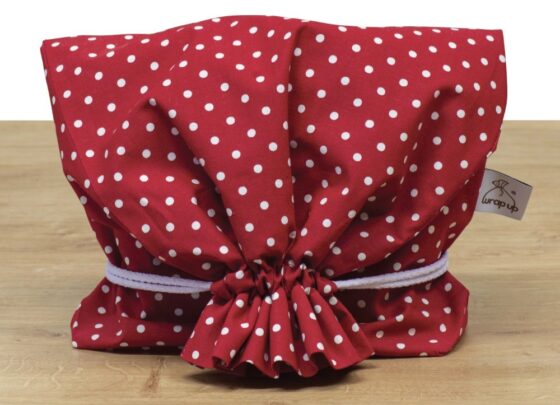

How to use them
Easy to use as a drawstring bag. It works best for quality bread, including gluten-free varieties. Rolls can be kept in the bag together with bread, both sharing the moisture inside in a friendly way. For frozen bread baked from semi-finished products, the bag works only for a short period. The bread bag does not go in the bread box or refrigerator. If the loaf of bread in the bag is small, the bag should be folded around the loaf so that it has maximum contact with the inner lining. This is especially true for bread that has no crust (rolls and buns), which are generally drier and become stale faster.
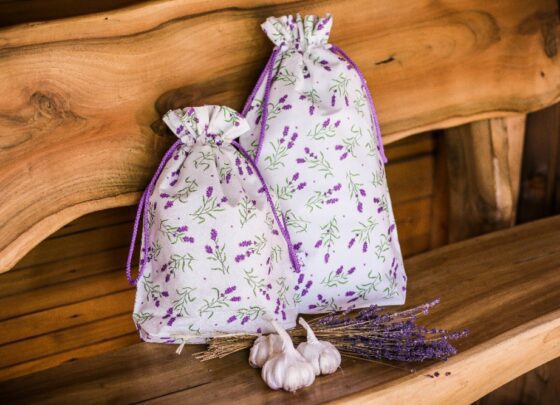

Maintenance
The bags can be easily tossed into the washing machine at a temperature of 30°C, with no fabric softener, and with the spin cycle set to low, or they can be washed by hand in soapy water, preferably with soap made of natural ingredients and containing no fragrance. All that needs to be done with the inner fabric is to shake out the crumbs and wipe it down with a clean, damp cloth. Never use fabric softener, bleach or chlorine, or take the bag to the dry cleaners, and never put in the dryer. This avoids any need to worry about white patterns or light colors. Proper usage and washing ensures no damage occurs to the special lining.
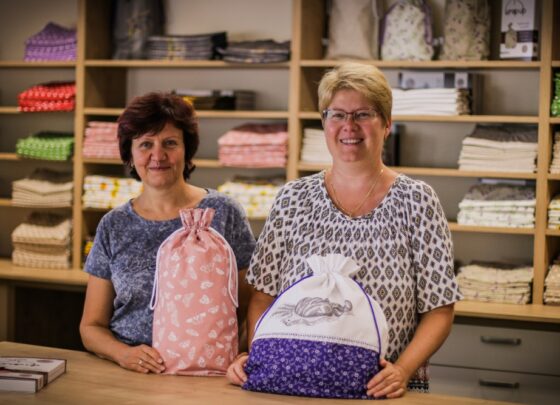

Our story
My sister and I wanted to find a textile alternative to plastic lunch boxes for children and also to sew some useful and attractive cloth containers in our free time. Our search led us to a specially coated material and some samples of a fabric that have excellent properties for storing food in it. This fabric works wonders for bread, and the better the bread, the longer it lasts. We stitched together a few bags and gave them to our friends to try. And so our story begins….
 English
English
 Deutsch
Deutsch